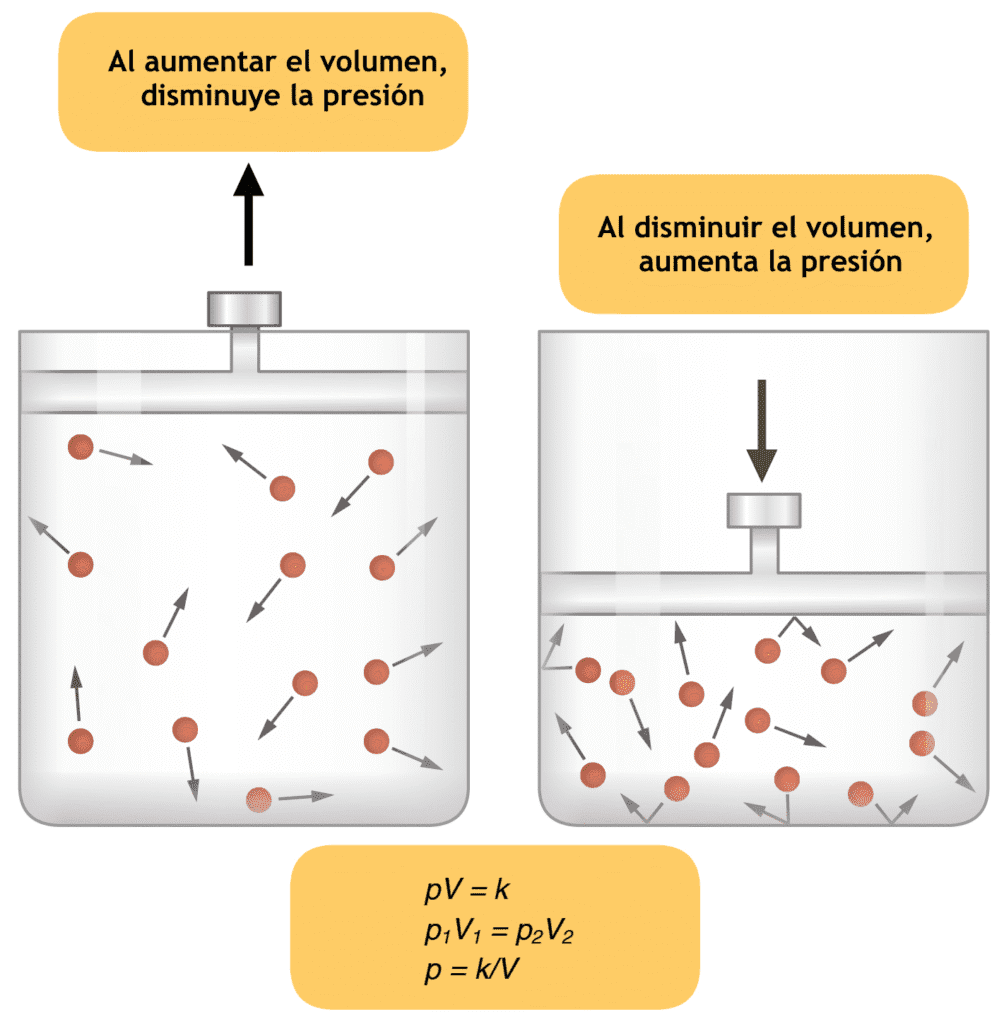In normal Blood Brain Barrier functions the effective pore size of cerebral capillaries is 7-9 A°. This small pore size does not allow movement of small ions, i.e, Na, K and C1.
 Therefore, the fluid movement across the Blood Brain Barrier Functions is determined by the ‘total’ osmotic gradient, generated both by large molecules and small ions. Since there are a few protein molecules compared with the number of inorganic ions, the effect of protein molecules on total osmolality is minimal.
Therefore, the fluid movement across the Blood Brain Barrier Functions is determined by the ‘total’ osmotic gradient, generated both by large molecules and small ions. Since there are a few protein molecules compared with the number of inorganic ions, the effect of protein molecules on total osmolality is minimal.
Hence, the influence of changes in osmolality on cerebral water distribution dwarfs the effects of alteration in colloid oncotic pressure (COP).
When plasma osmolality decreases, the osmotic gradient drives water into the brain tissue. Tommasino et al reported that even a 5% decrease in plasma osmolality could increase the brain water content, Blood Brain Barrier Functions and intracranial pressure.
Therefore, fluid therapy that avoids excess free water has been a standard element of management in patients with brain injury. The often-believed idea that iso-osmolar crystalloids may induce and/or aggravate brain oedema has not been scientifically substantiated in spite of various experimental trials used with Blood Brain Barrier Functions .
One of the controversies is centered on the use of solutions that are not truly isoosmolar with respect to plasma. The commercial lactated Ringer’s solution has a calculated osmolarity of 275 mOsm/L, but a measured osmolality of 254 mOsm/kg, indicating incomplete dissociation.
The Blood Brain Barrier Functions of large volumes of this solution (>3 L in humans) can reduce plasma osmolality and increase brain water content and ICP, as approximately 114 mL of free water is given for each litre of lactated Ringer’s solution.
However, small volumes of lactated Ringer’s solution are unlikely to be detrimental, and can be safely used as Blood Brain Barrier Functions , especially for intraoperative volume replacement/resuscitation. There are no experimental data to support this practice.
Animal studies have shown that administration of large volumes of isotonic crystalloids, Blood Brain Barrier Functions with dilutional reduction of COP, does not increase brain water content and or ICP. However, there is no uniform agreement about the effect of reduction in COP on cerebral oedema. Druii’ond et al reported that COP reduction has the potential to aggravate brain oedema.
This report can be challenged by the fact that the injury in this study was deliberately mild, allowing Blood Brain Barrier Functions to be permeable to low molecular weight solutes while impermeable to colloids.

